This series of blogs focuses on my favorite things about Disney … those experiences that I find uplifting, enjoyable, memorable and worth more than one visit. These are my personal “must do’s” whenever I walk through the main gate of a Disney park and into what Walt Disney himself called “this happy place.”
__________________
Before there were automobiles and interstate highways, there were trains. Before there were jet airplanes and cross-country flights, there were trains. Up until the early 1900s, the only way for folks to travel long distances in America was on a train.
And before there was Disneyland, there was a railroad, albeit a small-scale, handcrafted line in Walt Disney’s backyard in the Holmby Hills section of Los Angeles.

The railroad in Walt’s backyard started as a hobby for a middle-aged, stressed-out movie mogul, but his affection for railroads had percolated in young Walt’s mind ever since his days as a “news butcher.”
The teen-aged Walt sold snacks, newspapers and cigars to train passengers on several routes throughout the Midwest for the Missouri Pacific Railway.
Years later, Walt fed his affection for trains when he bought several Lionel train sets.
Then, after purchasing the five-acre plot of land in Holmby Hills to build a new home for his family, that passion evolved into building larger, ridable miniature trains in his new home’s backyard.

After the engine’s smoke had cleared, Walt would spend hours in a barn near the railroad, tinkering with his “toys.”
When plans were developed for Disneyland in the early 1950s, a railroad circling the park had to be one of the featured attractions.
During the years-long design phase of Disneyland, no matter how often concepts would change, one thing remained constant: “I just want it [Disneyland] to look like nothing else in the world. And it will always be surrounded by a train,” Walt insisted.
In large part because of Walt’s love of railroads, Disney’s Magic Kingdom-style parks around the world [save for Shanghai Disneyland] all feature a railroad.
All the lines circle the outer rims of the parks and serve two purposes: To supply weary guests a mode of transportation so they can get from one end of the park to the other … and to give guests entering the park a nice overview of all the lands they are about to explore in what became known as The Grand Circle Tour.

During ABC-TV’s live broadcast of opening day, co-hosts Art Linkletter and Ronald Reagan were seen at the Main Street train station awaiting the arrival of the steam-powered locomotive E.P. Ripley, with Walt Disney at the locomotive’s controls.
Also on the train were California Gov. Goodwin Knight and Fred Gurley, president of the real Santa Fe Railroad. All were sporting authentic-looking striped railroad engineers’ caps.
Following the train ride, Gov. Knight described Disneyland as “a wondrous community with all the charm of the old world and all of the progress and ingenuity of the new world.” Gov. Knight would later stand by Walt’s side as he gave his famous “To all who come to this happy place …” welcoming speech in Town Square.
The Santa Fe & Disneyland Railroad certainly embodied that charming old-world flavor. It took several years for the “steam freaks” [as Disney Legend Bob Gurr calls them] in Disney’s machine shops to design and perfect the steam locomotives used.


Vilmer had more than 20 years of experience as a railroad superintendent and was hired by Broggie to head up the park’s railroad. Years after retiring as a steam locomotive designer in Pennsylvania, Lingenfelter was hired by Walt to engineer the Disneyland locomotives. And Sargeant designed most of the line’s rolling stock.
Gurr – Disney’s “car guy” – was there to work with the “steam freaks,” learn from them and lend his expertise, albeit from an automotive perspective. “To this day, I cherish the knowledge I learned from those wonderful wizards whose world was so far from mine,” Gurr said.
There are five meticulously restored, working narrow-gauge engines in service on the Disneyland Railroad. They are the C.K. Holliday, the E.P. Ripley, the Ernest Marsh, the Fred Gurley and the Ward Kimball. All, except for Kimball, were named after American locomotive legends. The Ward Kimball is named after the Disney Animator who helped fuel Walt Disney’s passion for the railway.

Whenever we visit Disneyland, the railroad is a must-do right after we cross under Main Street station’s elevated track.
The Main Street station itself is vintage, turn-of-the-20th century, similar in style to what Walt encountered when he was a “news butcher.”
While standing on the platform, guests waiting for the next train get great views of Town Square, as well as Main Street USA and Sleeping Beauty Castle. Off to the right, the peak of the Matterhorn Mountain bobsleds attraction can be seen through the treetops.
When the train pulls into the station, clanging bells, tooting whistles and the chug-chug-chugging of the steam-powered locomotive envelopes the station.
Once the train comes to a stop, guests disembark and new passengers climb aboard. The seats on the Disneyland railroad are wooden benches that face sideways, meaning you’re always getting great views of the park during your 20-minute round trip. A recorded narration denotes points of interest as you “ride the rails.”

After departing New Orleans Square, the train chugs through a short tunnel, then past Critter Country and over a curved, beautifully detailed trestle bridge, where guests can see the Sailing Ship Columbia, the Mark Twain Riverboat and Tom Sawyer Island. Also in view are Mike Fink’s cabin, assorted wildlife and a Native American chief on horseback.
From here, it’s on to Mickey’s Toontown Station, which is located opposite the Fantasyland Theatre. It’s a short walk from this station to the reimagined Mickey’s Toontown [now featuring Mickey & Minnie’s Runaway Railway] and Fantasyland.
The train pulls out of the station and through the front façade of the “it’s a small world” show building. From here, you’ll see the full expanse of the Autopia speedway, as well as the monorail beams and the long-abandoned WEDWay People Mover/Rocket Rods elevated track.
Next stop is the rather obscure Tomorrowland Station, which is located along a path near the Autopia cars and the Star Wars Launch Bay gift kiosk.

Against a painted backdrop of the magnificent Grand Canyon, the display includes examples of many of the plants and animals that are found in the Arizona landmark, from mountain sheep and deer, to porcupines, skunks and mountain lions.
The diorama depicts the canyon’s south rim. It was painted on a canvas – seamless and hand-woven – that’s 306 feet long and 34 feet high. The scene is based on Walt Disney’s Academy Award-winning live-action short subject of 1958, “Grand Canyon,” and features music from the “On The Trail” section of American composer Ferde Grofe’s Grand Canyon Suite.

As a dramatic score plays in the background, you’ll watch as brontosauruses munch on leaves, a triceratops family gathers around some new additions and, in a thrilling conclusion, a stegosaurus engages in a life-and-death struggle with a tyrannosaurus rex.
The train exits the diorama section and returns to the Main Street Station after an enjoyable and exciting adventure … the kind of rail journey Walt envisioned when he was planning Disneyland.
“In some way or another, I have always loved trains,” Walt once said. And, thanks to the Disneyland Railroad, so do we.

GROUP DEVOTED TO WALT’S RAILROAD PASSION
We’d be remiss not to mention The Carolwood Society [www.carolwood.com], which is dedicated to preserving the personal railroad legacy of Walt Disney.
The group was founded in 1993 by Sharon and Michael Broggie, the son of Disney Legend Roger Broggie – one of Bob Gurr’s “steam freaks.”
According to The Carolwood Society website, “Walt Disney always loved trains and he was one of America’s greatest rail fans. Through his own initiative and personal financial resources, he was responsible for preserving real steam railroading for generations to enjoy at Disneyland, Walt Disney World and other Disney theme parks around the world.
“Walt Disney helped to build, and enjoyed sharing, one of the most intricately detailed miniature live-steam home railroads ever created: The one-eighth scale Carolwood Pacific Railroad, the backyard pike located at his estate in the Holmby Hills area of Los Angeles.”
Chuck Schmidt is an award-winning journalist and retired Disney cast member who has covered all things Disney since 1984 in both print and on-line. He has authored or co-authored seven books on Disney, including his On the Disney Beat and Disney’s Dream Weavers for Theme Park Press. He has written a regular blog for AllEars.Net, called Still Goofy About Disney, since 2015.



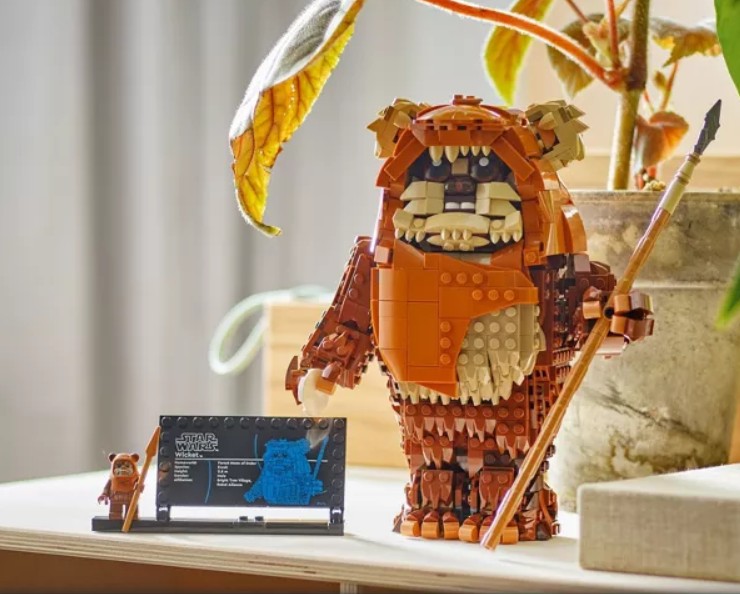
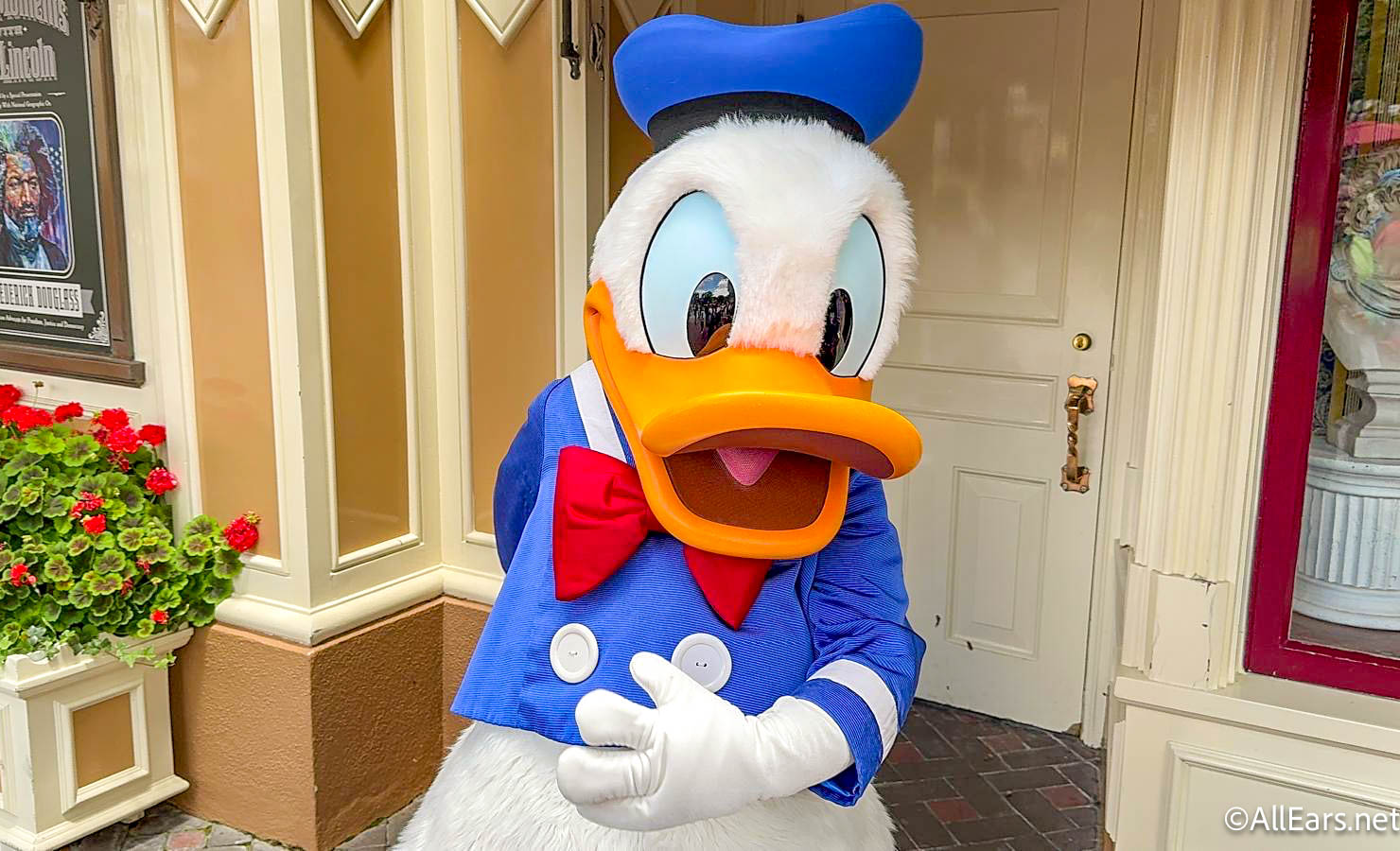
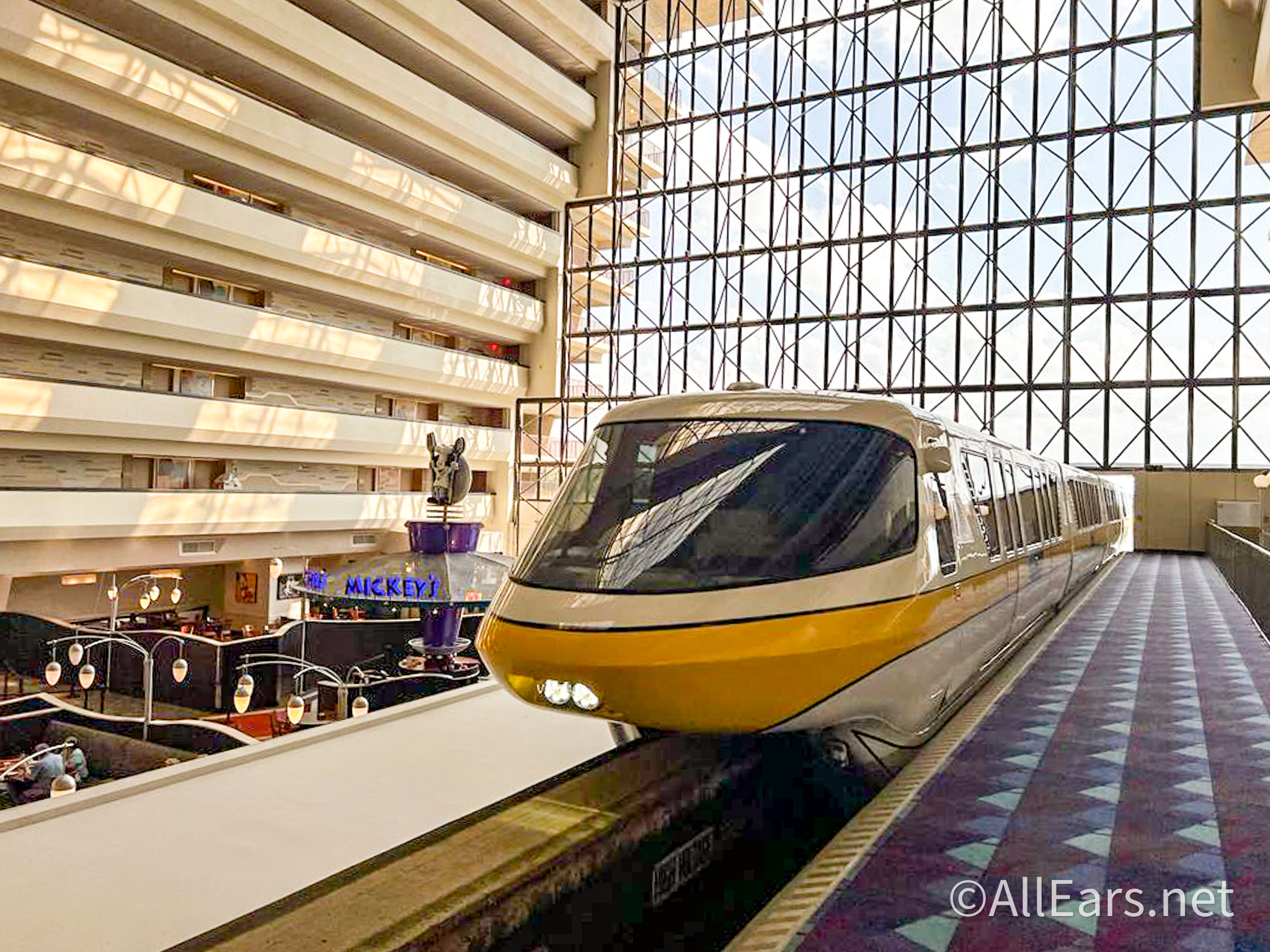


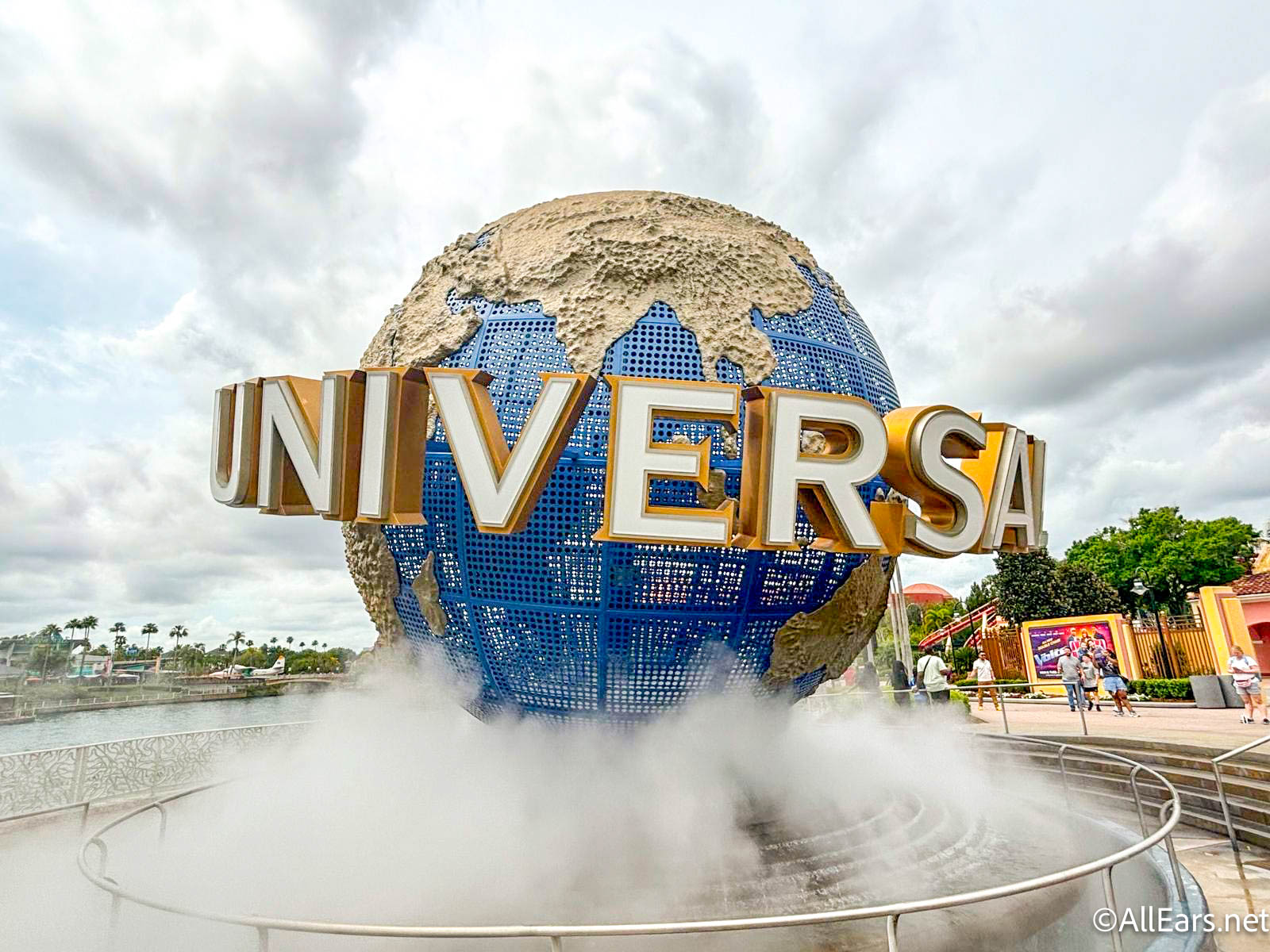
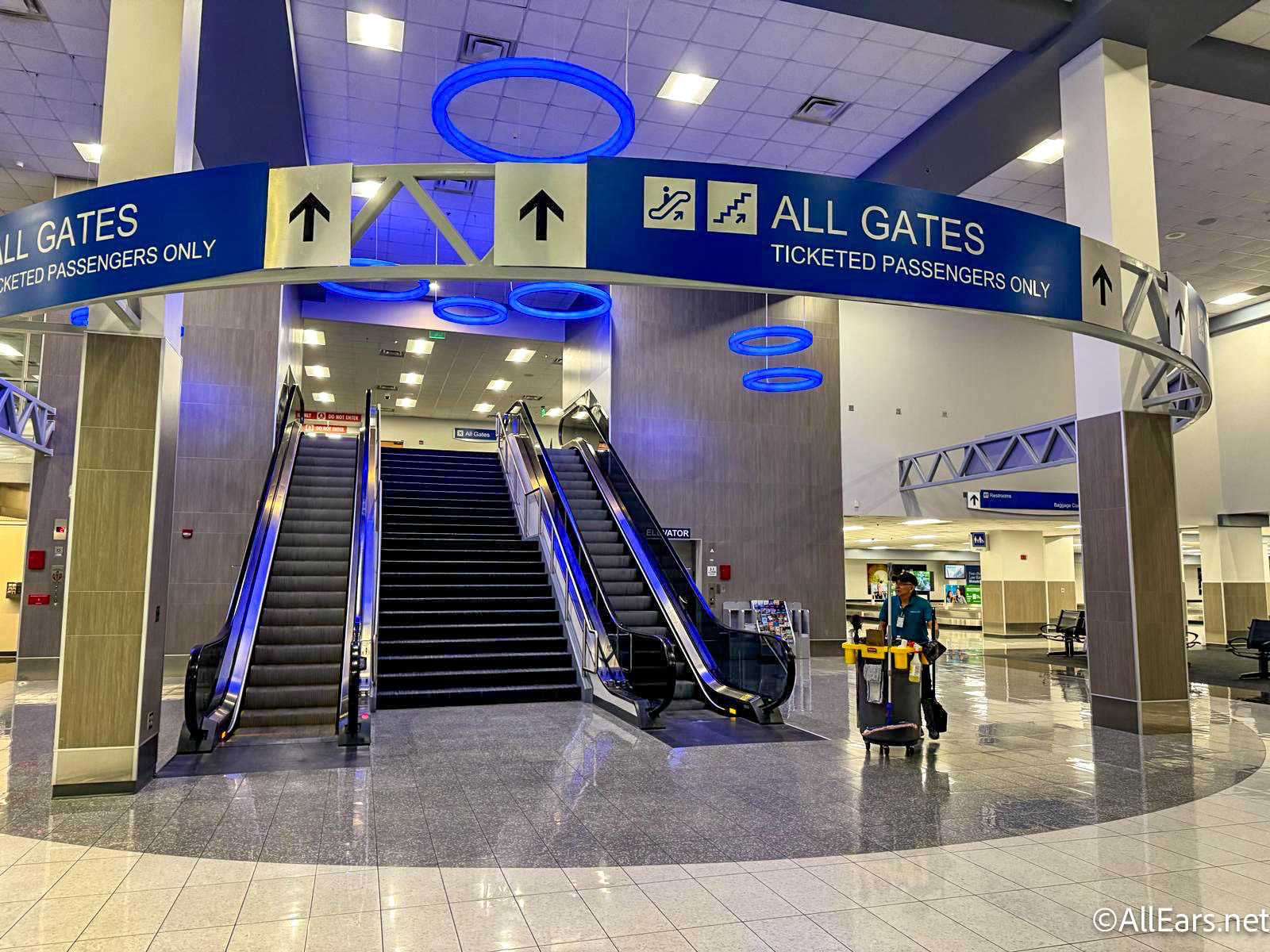




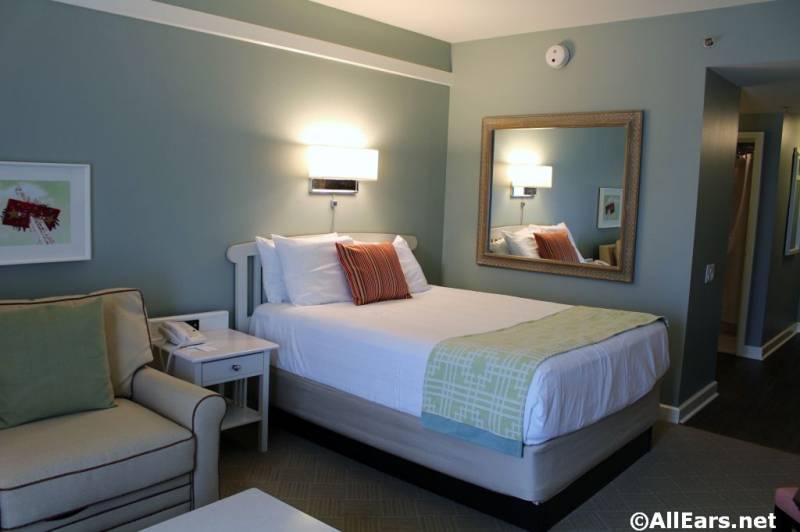




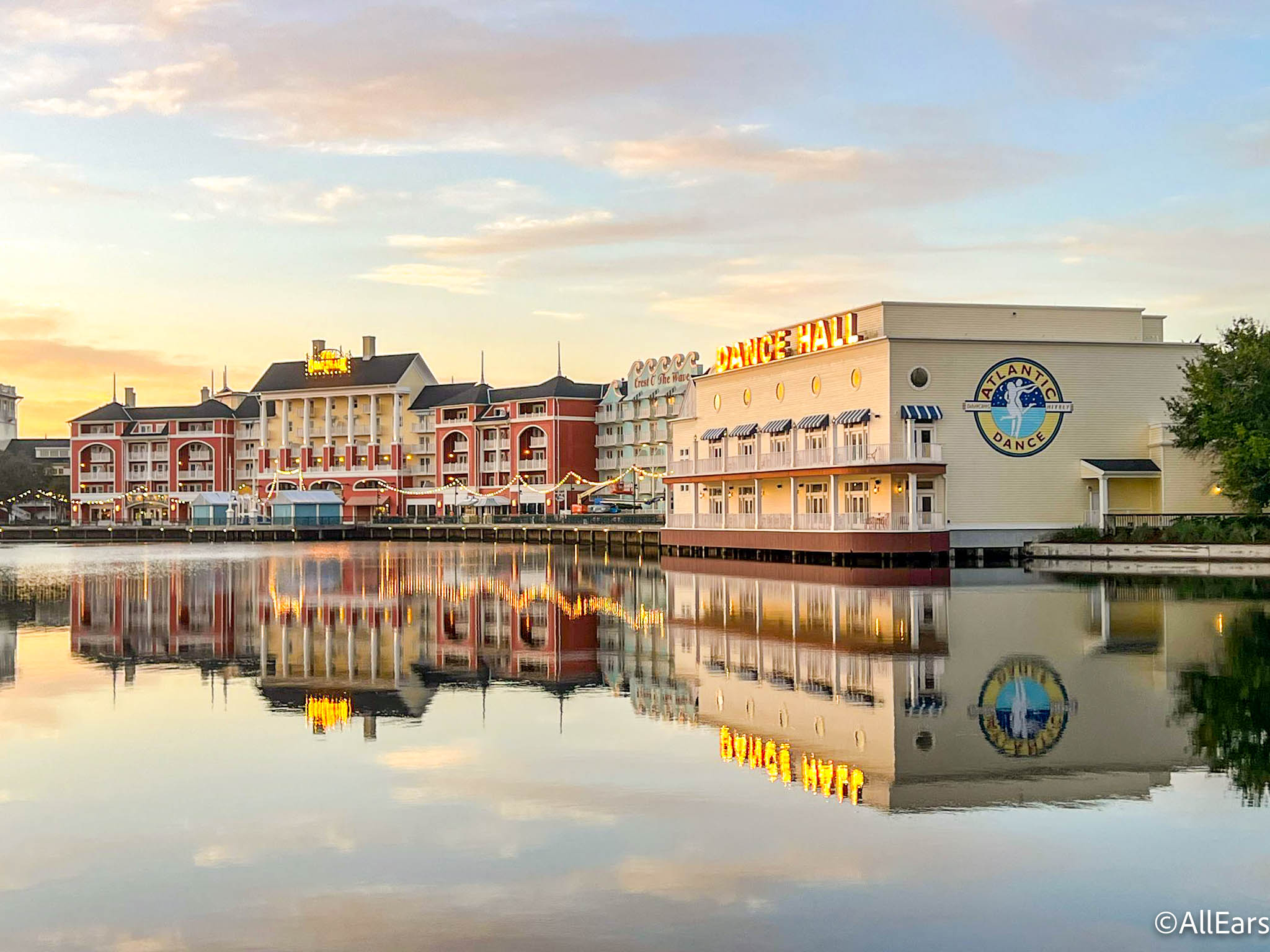



Trending Now
How did the 4th of July affect Disney World's wait times?
Grab these LEGO sets before they're gone!
There's a NEW Donald Duck Loungefly collection online you've gotta see!
Staying at one of the Magic Kingdom monorail resorts, Disney’s Grand Floridian, Disney’s Polynesian Village,...
Donald Duck is back in his official meet and greet spot in EPCOT!
Amazon is clearing out the Disney vault!
We're rounding up the BEST ride hacks for your visit to Universal Orlando!
Here's what you've gotta know about Disney World's "Other" Airport!
Amazon has Loungeflys on sale as part of Prime Day!
We asked our resident Disney adults which ride at Hollywood Studios they would rope drop...
The holiday dates can be confusing for Disney World, so we're going to break it...
We're sharing the worst-reviewed restaurants in Hollywood Studios!
Disney's Boardwalk Villas got a scathing review recently that could indicate some issues with a...
Bad Florida weather is creating some new problems at Disney World.
Amazon Prime Day is giving us amazing deals on Oura Ring accessories!
Check out these three new snacks that just landed at Disney World's water parks!
There's a NEW treat in EPCOT that we're 100% sure you CANNOT miss!
After a year and half, this restaurant is still abandoned at Disney World with no...
Don't make these mistakes when planning your dining in Disney World!
Check out the Olympic gymnasts who just had a great time in Disney World AND...